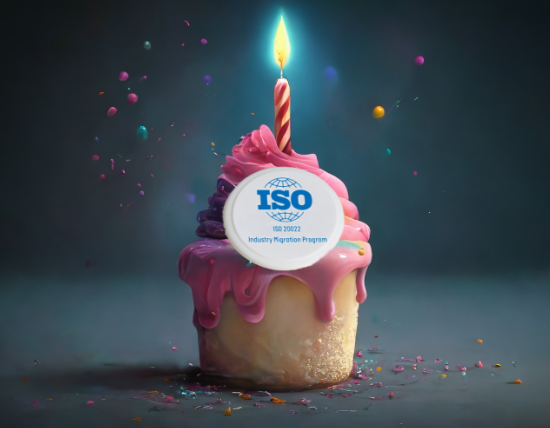One year on: ISO 20022 in High Value Payments

20 March 2024
By Rob Magee, Program Director - ISO 20022 Industry Migration, AusPayNet
As the payments industry continues its evolution towards standardised messaging formats, the adoption of ISO 20022 a year ago stands as a pivotal milestone in streamlining payment processing and enhancing interoperability. In the lead-up to March 2023, anticipation mounted for the global go-live of ISO 20022 in high-value payment systems worldwide. This transition marked not just a technological upgrade but a strategic opportunity for financial institutions to embrace innovation and improve their operational efficiency, both cross-border and domestically.
A year into this transformative journey, it’s time to reflect on the progress made within the Australian domestic High Value Clearing System (HVCS) and examine the impact of ISO 20022 on payment processing. From initial implementation challenges to burgeoning adoption rates, each milestone underscores the industry’s commitment to harnessing the full potential of this global standard.
Navigating the transition: Milestones and Growth in Adoption
With the successful go-live of ISO 20022 in March 2023, Australia’s HVCS entered a period of coexistence between the old Swift MT format messages and the new ISO 20022 format messages (known as MX in the Swift network). This approach provided our 50 HVCS members with flexibility, allowing them the option of beginning to send MX messages. At the same time, all were required to be ready to receive MX messages from 20 March 2023.
During the initial week of operation, we saw nearly 62,000 MX messages and over $138 billion in value settled, accounting for approximately 26% of volume and 20% of the value of the HVCS total. As the first anniversary of our go-live approaches, those numbers have nearly doubled to almost 50% of volume and close to 40% of value. Initially, 15 participants opted to send MX messages; this number has also doubled to 31 participants choosing to send some or all their messages using the MX format, signalling growing adoption.
AusPayNet’s ISO 20022 Industry Migration Program is actively coordinating the introduction of new MX functionality among participants as the coexistence period progresses. Two groups of participants have yet to implement their remaining MX functionality, with this scheduled for May and September 2024. We expect to see a jump in MX volume and value after May, and for them to reach 100% in September 2024. Completing this migration in September 2024 will mark the retirement of the MT format in HVCS, in use since HVCS’ inception in 1997.
Additionally, participants will adopt MX-based exception and investigation processing, to be carried out inside the HVCS, marking a departure from previous practice, and expected to greatly improve the speed and accuracy of dealing with exceptions, and ultimately reduce cost.
Optimising ISO 20022 Implementation and Guidance
Following the successful launch in March 2023, we continued to collaborate with industry stakeholders to define and document best practices utilising the structured data, newly available in the MX format. This included using legal entity identifiers (LEIs), structured remittance information, payment purpose codes, and structured postal addresses. While these new capabilities were made optional to participants, enabling them to prioritise the MT to MX migration, widespread adoption of such data is anticipated.
Over the past year, we’ve dedicated efforts to enhance our guidance on using ISO 20022 in HVCS, updating the ‘market practice’ integral to the HVCS Procedures. Looking ahead to 2025, we’re committed to updating the HVCS versions of ISO 20022 to align with evolving standards and the specifications used in other markets and cross-border payments. Doing so will also ensure our compliance with the now well-publicised Committee for Payment Market Infrastructures (CPMI) Data Model. This ongoing maintenance is crucial to improve and maintain interoperability, increase rates of straight-through processing (STP), reduce cost and time, mitigate errors in payment processing, and foster new opportunities for innovation within the industry.
AusPayNet will maintain close collaboration with our 50 HVCS participants, preparing and guiding them through upcoming changes. Our advice is clear: stay focused and proactive. September 2024 marks a milestone but not the finish line. The real opportunities are still ahead. Embracing ISO 20022 isn’t just a tactical compliance obligation: it should instead be seen as a strategic opportunity for the future innovation and growth of the industry.
More information about the ISO 20022 Industry Migration Program is available on AusPayNet’s website.


